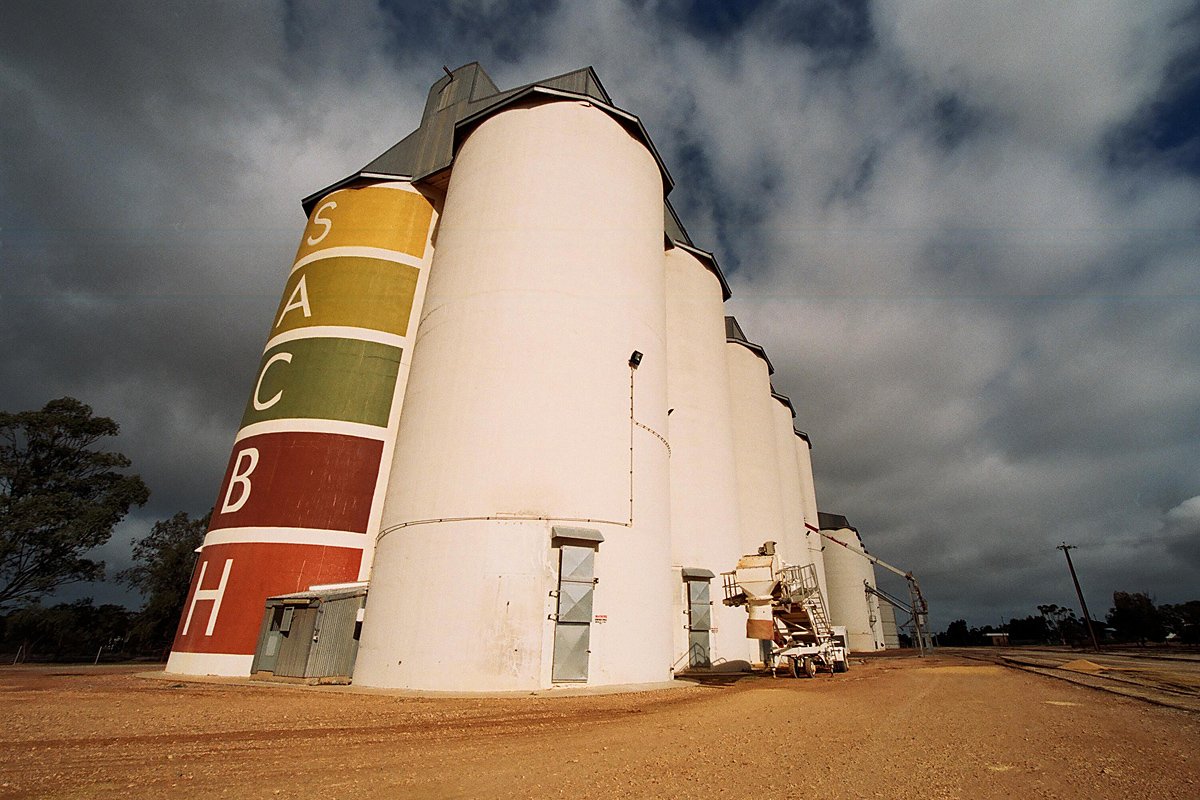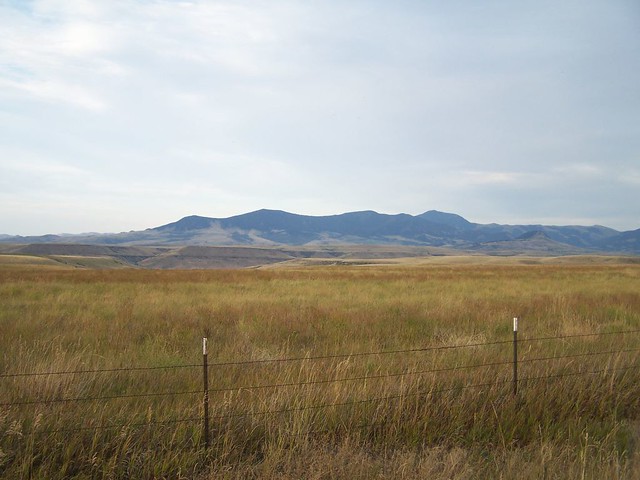Is grain handling the most dangerous job in the country?
Deep-sea fishing, backwoods logging, and farming are among the top five most dangerous occupations in the United States, according to the U.S. Bureau of Labor Statistics. The hazards for loggers and fisherman are obvious (big waves, chainsaws), but…farmers? What’s the issue there? The answer has a lot to do with a seemingly innocuous agricultural product: grain — more precisely, the storage, maintenance, and handling of grains such as corn, wheat, and barley.

Grain silos like these, where agricultural products like wheat and barley are stored, were the site of over 25 U.S. worker deaths in 2010, making them one of the most dangerous places on a farm. Image from Flickr user ccdoh1, with Creative Common license.
The Occupational Safety & Health Administration (OSHA) writes that “the grain handling industry is a high-hazard industry where workers can be exposed to numerous serious and life-threatening hazards, [including]…fires and explosions from grain dust accumulation, suffocation from engulfment and entrapment in grain bins, falls from heights and crushing injuries and amputations from grain-handling equipment.” While grain handling has long been hazardous, OSHA has begun to take action after a rash of incidences in recent years. In 2010 two teenagers, ages 14 and 19, were suffocated in an Illinois grain elevator after being “engulfed by grain,” OSHA’s incident report says. At least 25 people were killed in grain entrapments that year—the highest number of grain-related incidents since data collection on the industry began in 1978.

Silos are a confined space hazard, meaning that workers must be trained in specific safety protocol (via MySafetySign.com).
The tragedies led to a round of OSHA regulations pertaining to grain handling. In August 2010 and February 2011, OSHA issued warning letters to the grain-handling industry and launched a two-page fact sheet emphasizing the hazards of grain-storage bin entry and dictating safety protocol. It also fined the Illinois company Haasbach LLC over $500,000 and issued 22 citations following an investigation into the suffocation deaths of the two underage farmworkers.

The teeth of a sweep auger is one of the primary hazards for farmworkers who handle grain. Image from Flickr.com, with Creative Common license.
While that case recently settled out of court, the litigation has led to clearer protocol for safety using “sweep augers” in grain storage bins. A sweep auger is a large piece of metal machinery that cleans remaining grain out of a storage unit that’s nearing empty. Accidents often occur when workers enter grain bins while the augers are in motion and become “engulfed” in the circulating machinery. The ten sweep auger safety principles that emerged from the Illinois case, as well as from other engulfment incidents in recent years, include guarding and covering the augur on all sides except the point of operation and positioning a trained rescuer/observer outside a storage bin whenever workers enter the bin. The complete list of safety measures can be found here.

A wheat field in Montana, a state that has recently taken the lead in working with OSHA to prevent grain-handling related worker deaths. Photo from Flickr user tmmtx76, via Creative Common license.
In addition to this list of safety principles, just a few days ago, the Montana Grain Elevators Association signed an alliance with the Montana Department of Labor and OSHA aimed at “identifying, reducing, and preventing workers’ exposure to hazards in the grain-handling industry throughout the state,” according to the Great Falls Tribune, a Montana daily. The partnership will lead to greater information and guidance from OSHA’s Billings, Mont. Office about preventing grain-related injuries, including training programs and innovative new solutions expected to emerge from meetings and forums between OSHA and industry reps. The idea is to increase communication between industry representatives and OSHA in order to improve safety, efficiency, and accountability on both sides of the issue.
Related articles
Category: OSHA

















